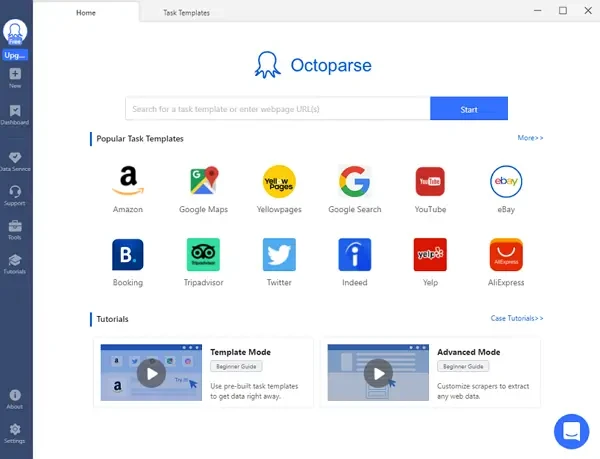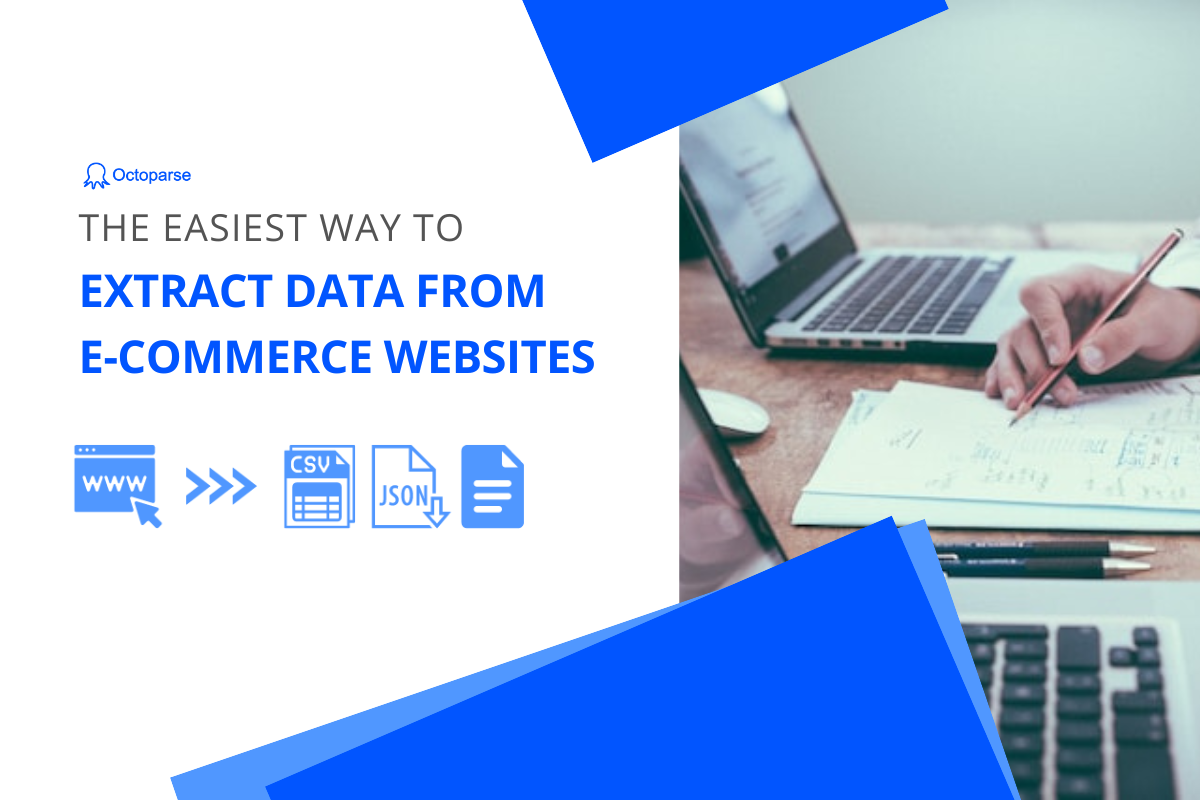The number of digital buyers worldwide has reached 1.92 billion, which is a quarter of the world’s population. With such a huge volume of digital transactions going on, it goes without saying that big data analytics has a significant influence on the E-commerce industry. In this article, we will highlight 6 benefits of E-commerce can get from big data analysis.
What Is Big Data Analytics
Big data analytics means the process of harnessing these large data sets to reveal hidden patterns, market trends, customer preferences, etc. With the help of big data analytics, business owners are empowered to derive values from information and make optimal business decisions.
In eCommerce, big data analytics not only helps business owners understand customers well, but also it predicts market trends and assists in boosting revenue. Let’s break down the advantages big data analytics brings to the eCommerce industry.
6 Benefits of Ecommerce Big Data Analysis
1. Track shopper’s buying journey
Business is all about figuring out people, especially the customers. Back in the time when online transactions were not prevailing and people only shop in stores, it was not feasible to trace the background information of every customer. Nowadays, there are around 2.05 billion people purchasing goods online. Though they tend to switch between sites before making a purchase, the browsing activity data can be tracked and analyzed.
Big data analytics tools can track the buying journey of customers. They capture the interactions a user previously had with a brand, including products viewed, clicks, past purchases, etc. The data allows business owners to get the shoppers’ information and understand the shoppers in depth- what they like and dislike, which products are in hot demand recently, what time of the year the demand for certain products rises, etc.
2. Personalized experience
87% of shoppers said that when online stores personalize the shopping experience, they are willing to buy more. After a business gets the shoppers’ info, they can create personalized experiences that cater to their needs.
Personalized experience strategies include sending customized emails to users providing special discounts and offers, showing targeted ads to different groups of people, implementing up-selling and/or cross-selling strategies to individuals, etc. The world’s largest eCommerce giant Amazon is a great example of using big data analytics and cross-selling strategy to generate high revenue.
When browsing products on Amazon, people are frequently attracted by recommendation lists such as “customers who viewed this item also viewed”, “inspired by your browsing history”, “popular products inspired by this item”. These recommendation lists were generated based on Amazon’s millions of online shoppers’ databases. According to the browsing history, Amazon provides personalized recommendations to each shopper and this greatly increases the chance of successful sales. It sounds like a small strategy, but the result is astounding: in total, the product recommendation algorithm drives 35% of cumulative Amazon company revenue.
3. Improved buyer sentiment analysis
There’s an emerging trend of using eCommerce customer service: collecting and mining the data from customer reviews. A customer data analytics platform, Yunting CEM, collects reviews and conducts sentiment analysis for large groups like Unilever, Huawei, Haier. These companies possess dozens of product lines and sell millions of products globally through eCommerce sites. Through mining texts and analyzing the underlying sentiments using the Natural Language Processing technology, companies are able to know exactly how the buyers think of their product. For example, marketers of Huawei get to know whether consumers have positive, neutral, or negative sentiments towards the design, battery life, button size, camera, overall functionality, and many other features of the phone.
Yunting CEM also collects chat data through eCommerce communication platforms like Aliwangwang and JDdongdong. Developed by the largest two eCommerce companies in China – Alibaba and JingDong, these communication platforms were built as big data analytics tools for e-store owners to better connect with buyers. Through mining the chat data, e-store owners can immediately get an idea of how interested their customers are in certain products, what aspects of the product they care most about, etc. They can, therefore, discover the selling point of the products and adjust their marketing strategy.
4. Better customer service
Have you ever been through this situation: you had a doubt on a product you just found on BestBuy. You contacted customer support. They responded within seconds and answered your question perfectly. After receiving the product, you were satisfied and shared this experience on social media with your family and friends.
Looks like a very common scene, right? But behind the surface, there lies huge commercial potential. According to the stats from Business.com, loyal customers spend 67% more than new customers, and 72% of those who had a positive experience share it with more than 6 people. Good customer service leads to a higher retention rate, conversion rate and thus brings more profit.
Big data analytics helps improve customer service in many ways. By monitoring the average response speed, customer service staff can increase overall response timeliness; by sending out questionnaires and collecting customer feedback, it provides first-hand info to help improve the service quality and reduces the chance of bad service; by monitoring other data such as the delivery time of the goods, e-store owners can identify issues in the delivery process and avoid possible transportation problems.
5. Optimized pricing
Pricing is another important factor driving purchase decisions in eCommerce. Whether the prices you set keep you competitive or not directly influence your product sales. In the past, people used to follow traditional pricing strategies like the rule of thumb, cost-plus markup. However, these old school pricing strategies no longer work when it comes to thousands of millions of products online.
With big data analytics tools, business owners are enabled to look at the greater picture and monitor the pricing of competitors in real-time. This requires a large data set with all the prices of competitors, which needs to be updated from time to time since the market price is always changing.
6. Demand forecasting
Apart from attending to the present business, it is important to catch and even create new opportunities in the future. Ecommerce business relies heavily upon stocking. Too less stocking will lead to product deficiency and impact customer satisfaction, while too much stocking may cause excessive costs. For products with a short shelf life, this is especially harmful because the cost would be irreversible.
Big data can help companies estimate future stocking based on past experience, and plan marketing campaigns ahead of time. Based on historical sales data, online retailers can predict future sales, and prepare a proper number of goods in the warehouse. Using social listening, they can discover new buzzwords and react promptly to catch golden opportunities to make more sales.
Easy Web Scraper for Big Data Analysis
When talking about big data analysis, how to collect data from internet and export formatted is one of the important things. Big data extraction tools like Octoparse can extract the product details from eCommerce sites like Amazon, eBay, BestBuy, Walmart, JD.com, Taobao, etc.
It also supports export the data into Excel, CSV, JSON, HTML formats or your on-site analytics database via API access. With Octoparse eCommerce web scraping templates, you can extract essential product information including the name of the product, price, color, rating, description, shipping weight, image URLs, and many more within a few clicks. If you’re looking for such a tool to help your big data analysis in Ecommerce, try Octoparse for free and find the easy tutorial from Octoparse user guide.





